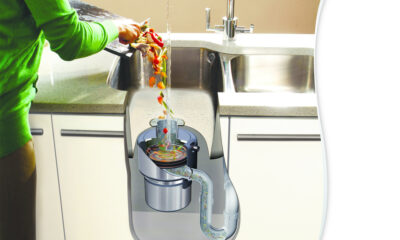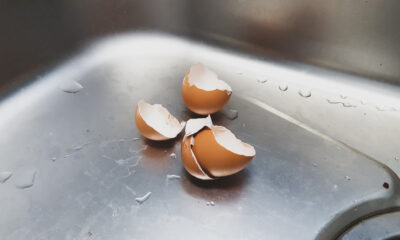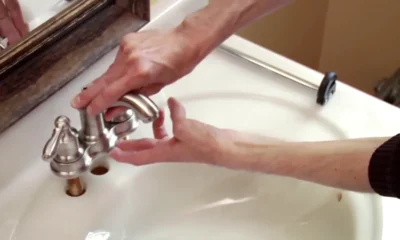Tips to Handle Winter Plumbing Leak Issues
The thin copper pipes that carry hot and cold water in most homes are normally durable and long-lasting, but sometimes develop leaks that can cause severe damage.
At Next Plumbing, we know pipe leaks are especially common during cold weather when frozen water in the pipes can cause pipe walls to crack or poorly soldered joints to loosen. Do-it-your-selfers can sometimes make temporary repairs to keep water pipes in service until permanent repairs are made by replacing damaged pipe and fittings. Temporary repairing pipe leaks allow toilets, sinks and other plumbing fixtures to remain in use. Before temporary pipe repairs are discussed, however, another point for dealing with a water emergency should be stressed: Every occupant of a home, including older children, should know the location of the main water valve and know how to turn it off. Simply turning off the water at the main valve can prevent a burst pipe or other plumbing emergencies, such as an overflowing toilet or tub, from becoming a home flood. We can provide you with our expert leak detection technicians to provide the help you need.
Where is the Water Shut Off Valve Located?
There is no standard location for a main water valve, but in homes, with basements, it is usually near the water meter or water pump. In other homes, the main valve is sometimes under the kitchen sink. If in doubt about the location of the valve, have it pointed out the next time a plumber visits the home. When the valve is located, identify it with a large tag. Main valves, and other water valves are generally closed by turning the handle clockwise.
Homeowners should also familiarize themselves with the location of shutoff valves to individual fixtures, such as toilets, sinks and tubs. Those individual shutoff valves are often on inlet pipes under the fixtures. Since water valves tend to bind and become hard to close, it pays to spray the stems occasionally with a little lubricant and turn the handles to keep them free. The all-purpose lubricant WD-40, sold at most hardware stores and home centers, is a good choice. If a water pipe develops a leak, the first move should be to turn off the main water valve. Once the water is off, pipe repair can be considered. Temporary repairing pipe leaks are often expedient because many water emergencies happen at awkward times – on weekends or at night when getting a plumber or parts for permanent repairs is often difficult or impossible.
Temporary Pipe Leak Repair Options
- Special clamp-type pipe sealers used to temporarily repair a leak are available at some hardware stores. These generally consist of two mating plates that are screwed together around the pipe. A rubber gasket is placed over the leak and compressed against it by the clamp.
- Ordinary hose clamps, sold at hardware stores and auto-parts stores, and a piece of sheet rubber can temporarily seal many pipe leaks. Rubber can be cut from an old inner tube from an automobile or bicycle. The hose clamps – the type with screw tighteners – should be a bit larger in diameter than the pipe. For example, use a clamp that opens to at least 3/4 inch to repair a 1/2-inch pipe. To seal a small leak, one clamp compressing rubber directly over the hole will often do. For larger cracks or holes, extend the rubber well past the defect on both sides and use several clamps spaced along the rubber. When the rubber and clamps are in position, turn the clamp screws tight.
- Special repair tape will seal small holes or leaks at pipe joints. This “melding” tape is wrapped tightly around the defect and bonds to itself and the pipe to form a solid seal. It would be wise to prepare a small kit of emergency pipe-repair devices and keep the kit in an easily accessible place – near the main water valve, for example.
If you need pipe repair in the Fort Myers area, give Next Plumbing a call today at (239) 307-0404 or use our online form.



